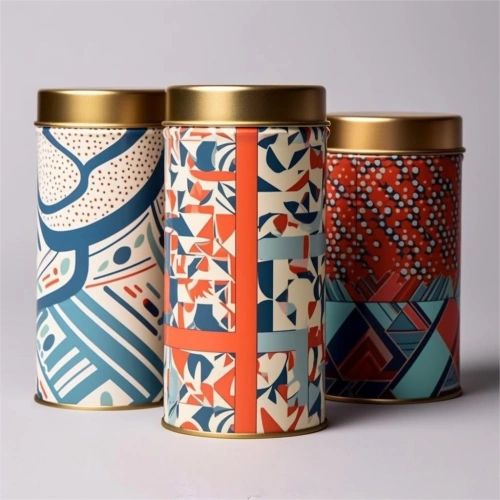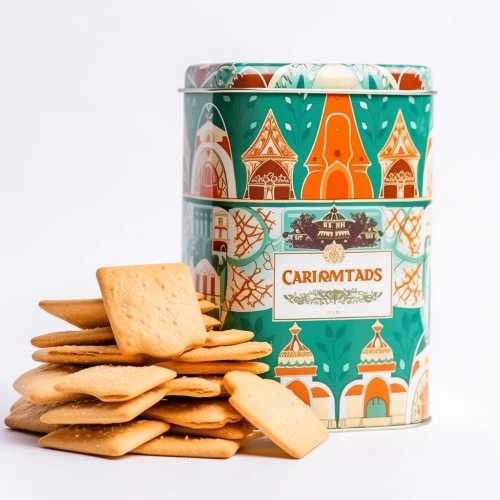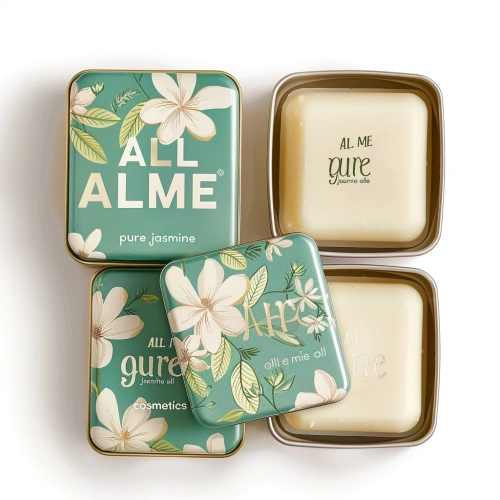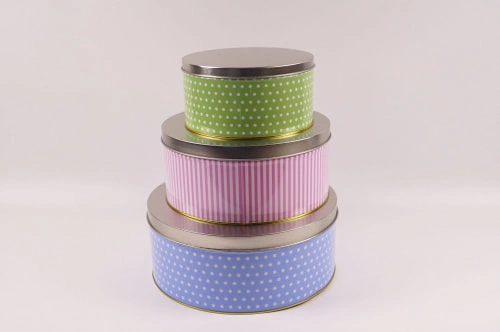What is Best Pharmaceutical Packaging ? Pharmaceutical packaging plays a crucial role in ensuring the safety, efficacy, and shelf life of medications. There are various types of packaging used in the pharmaceutical industry, each serving specific purposes. Here, we explore the different types of pharmaceutical packaging and their significance.
- Primary Packaging
- Blister Packs: Commonly used for tablets and capsules, providing a protective barrier.
- Bottles: Used for liquids, tablets, and capsules, available in glass or plastic.
- Ampoules: Sealed containers for single-dose liquids, ensuring sterility.
- Vials: Used for injectables, available in single-dose or multi-dose formats.
- Sachets: Small packets for powders, granules, or liquids, offering single-dose convenience.
- Syringes: Pre-filled or empty, used for injectable drugs, ensuring accurate dosing.
- Inhalers: Devices for respiratory drugs, ensuring precise delivery to the lungs.
- Tubes: Used for creams, ointments, and gels, providing controlled dispensing.
- Secondary Packaging
- Cartons: Provide protection and information for primary packaging units.
- Boxes: Used for grouping multiple primary packages, aiding in storage and distribution.
- Labels: Offer essential information like dosage, usage, and expiry dates.
- Tertiary Packaging
- Crates: Large containers used for transporting multiple secondary packages.
- Pallets: Facilitate the handling and storage of large quantities of pharmaceutical products.
- Shrink Wraps: Used to secure multiple packages together for stability during transport.
- Specialized Packaging
- Cold Chain Packaging: Ensures temperature-sensitive drugs remain effective.
- Child-Resistant Packaging: Prevents accidental ingestion by children, ensuring safety.
- Tamper-Evident Packaging: Provides a visible indication if the package has been tampered with.
- Unit Dose Packaging: Offers single-dose packaging for patient convenience and compliance.
- Bulk Packaging: Used for large quantities of pharmaceuticals, primarily for hospitals and pharmacies.
- Desiccant Packs: Included in packages to absorb moisture and protect drug efficacy.
- Eco-Friendly Packaging
- Biodegradable Materials: Used to reduce environmental impact.
- Recyclable Packaging: Ensures materials can be reused, promoting sustainability.
Each type of packaging is designed to meet specific regulatory requirements and ensure the integrity of pharmaceutical products. The choice of packaging depends on the drug’s form, intended use, and regulatory guidelines.
Difference in Using Different Materials for Pharmaceutical Packaging
Pharmaceutical packaging materials play a crucial role in maintaining the safety, efficacy, and stability of drugs. Different materials offer varying levels of protection, cost-effectiveness, and environmental impact. Here, we explore the differences in using various materials for pharmaceutical packaging.
1. Glass
- Advantages:
- Chemical Inertness: Glass is non-reactive with most pharmaceuticals, ensuring drug stability.
- Barrier Properties: Excellent barrier against moisture, oxygen, and other gases.
- Transparency: Allows visual inspection of the contents.
- Disadvantages:
- Fragility: Prone to breakage, requiring careful handling.
- Weight: Heavier than other materials, increasing shipping costs.
- Common Uses: Vials, ampoules, bottles for injectables, and oral liquids.
2. Plastic
- Advantages:
- Lightweight: Easier and cheaper to transport.
- Durability: Resistant to breakage and shattering.
- Flexibility: Can be molded into various shapes and sizes.
- Disadvantages:
- Permeability: Certain plastics may allow moisture and gases to permeate.
- Chemical Interaction: Some plastics can interact with drug formulations.
- Common Uses: Bottles, blister packs, syringes, and tubes.
3. Aluminum
- Advantages:
- Excellent Barrier Properties: Protects against moisture, light, and gases.
- Lightweight: Easier to transport compared to glass.
- Recyclable: Environmentally friendly option.
- Disadvantages:
- Cost: More expensive than some other materials.
- Limited Flexibility: Less flexible compared to plastic.
- Common Uses: Blister packs, tubes for creams and ointments, and foil pouches.
4. Paper and Cardboard
- Advantages:
- Sustainability: Biodegradable and recyclable.
- Cost-Effective: Generally cheaper than other materials.
- Printability: Easy to print labels and instructions.
- Disadvantages:
- Limited Barrier Properties: Poor protection against moisture and gases.
- Durability: Prone to damage from physical impact and moisture.
- Common Uses: Secondary packaging like cartons and labels.
5. Metal (Other than Aluminum)
- Advantages:
- Strength and Durability: Resistant to physical damage.
- Barrier Properties: Good barrier against light, moisture, and gases.
- Security: Can be used for tamper-evident packaging.
- Disadvantages:
- Weight: Heavier than plastic, increasing transportation costs.
- Cost: Often more expensive than plastic and paper.
- Common Uses: Tins for pills, powders, and certain ointments.
6. Composite Materials
- Advantages:
- Enhanced Protection: Combines properties of different materials for superior protection.
- Versatility: Suitable for various pharmaceutical forms.
- Disadvantages:
- Complex Recycling: Difficult to recycle due to the combination of materials.
- Cost: Often more expensive to produce.
- Common Uses: Blister packs, pouches, and sachets with multiple layers.
Considerations for Choosing Packaging Materials:
- Drug Stability: Ensuring the material does not interact with the drug.
- Protection Needs: Barrier properties required to protect against moisture, light, and gases.
- Cost: Balancing the cost of materials with the need for protection and regulatory compliance.
- Environmental Impact: Considering the recyclability and biodegradability of the materials.
- Regulatory Requirements: Ensuring compliance with regulations and standards in different markets.
To choose the right Best Pharmaceutical Packaging is super important.





![CR tin Secure and Stylish Child-Resistant Tin Packaging for Safe Storage At [Your Company Name], we specialize in innovative child-resistant tin packaging solutions designed to meet the highest safety standards while enhancing your brand's visual appeal. Our child-proof tins are perfect for a variety of industries, including pharmaceuticals, cannabis, and household products, ensuring that safety and functionality go hand in hand. Our child-resistant containers are crafted with precision, employing a patented locking mechanism that is simple for adults to use but challenging for children, effectively reducing the risk of accidental access. Each tin is constructed using high-quality, durable materials that offer excellent protection against contamination and damage, making them ideal for both child-safe packaging and adult use. Safety is at the forefront of our design process, but we do not compromise on aesthetics. We offer custom tin packaging options that allow you to tailor the look and feel of your products to match your brand identity. With advanced printing and embossing techniques, your packaging is not just secure but also visually appealing, enhancing shelf presence and consumer attraction. Our tins are also environmentally friendly, aligning with current trends in sustainable packaging. They are reusable and recyclable, supporting your company's green initiatives. Choose from a variety of sizes and shapes to fit your specific needs, whether for cannabis packaging, pharmaceutical containers, or any other products requiring stringent safety measures. By choosing [Your Company Name], you are opting for child-resistant packaging that protects your products and your end users. Our tins meet all regulatory requirements for child-resistant effectiveness, providing you with peace of mind and your customers with safe, accessible solutions. Keywords: child-resistant tin packaging, child-proof tins, child-safe packaging, custom tin packaging, sustainable packaging, cannabis packaging, pharmaceutical containers.](https://goldentinbox.com/wp-content/uploads/2024/05/CR-tin-goldentinbox-2-s.webp)


